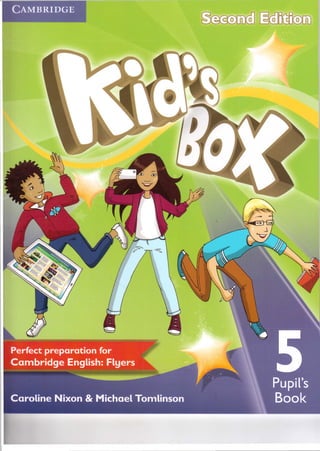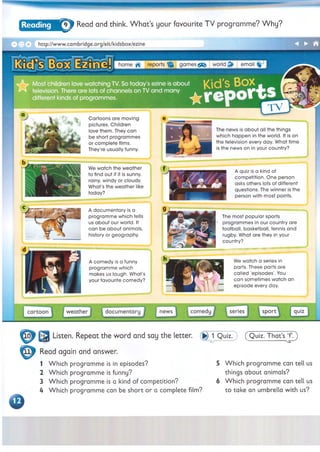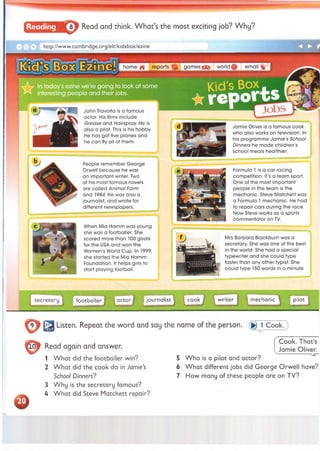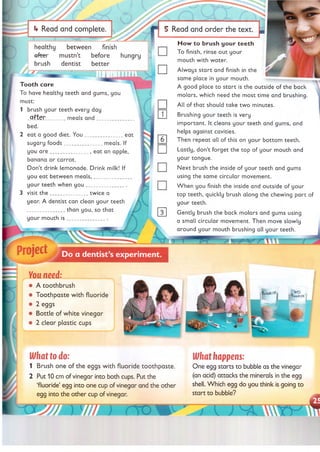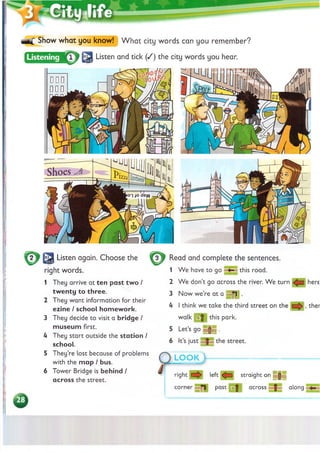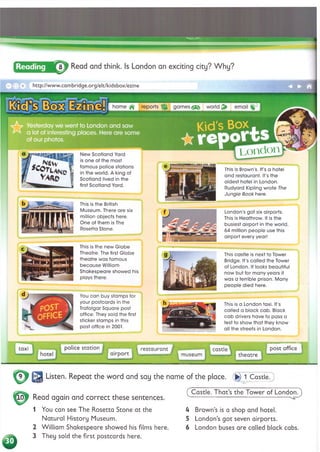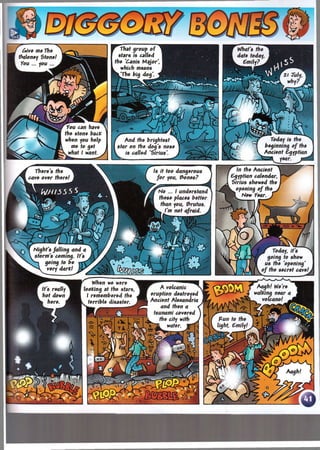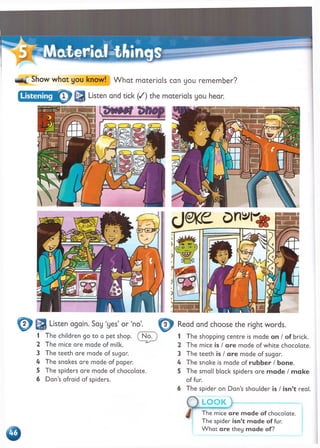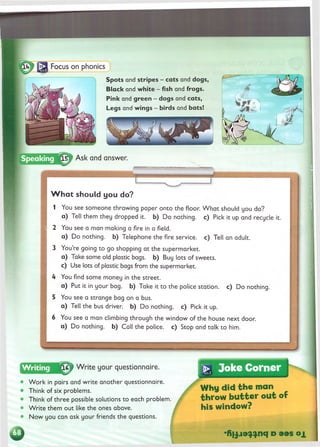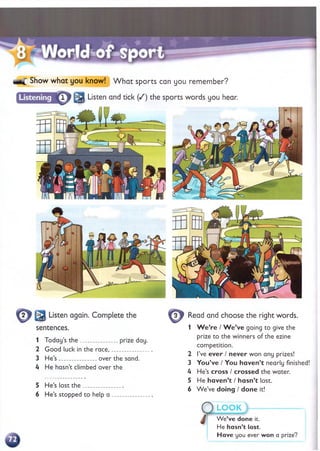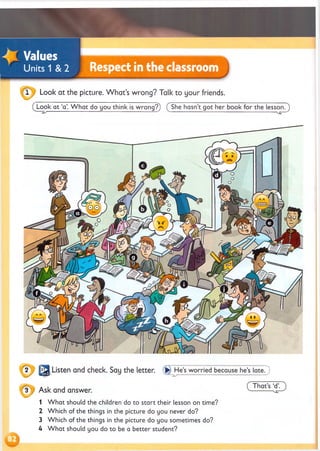The document is an excerpt from a teacher's guide for an ESL program called Kid's Box. It provides an overview of the Cambridge English Young Learners tests and how Kid's Box prepares students for these exams. It describes the tests as fun and activity-based to introduce children to language testing. Kid's Box follows the exam syllabus and provides materials to help students reach level A2 of the Common European Framework. The program uses a seven-level structure to thoroughly prepare students for the Cambridge English Young Learners tests through an engaging learning experience.
